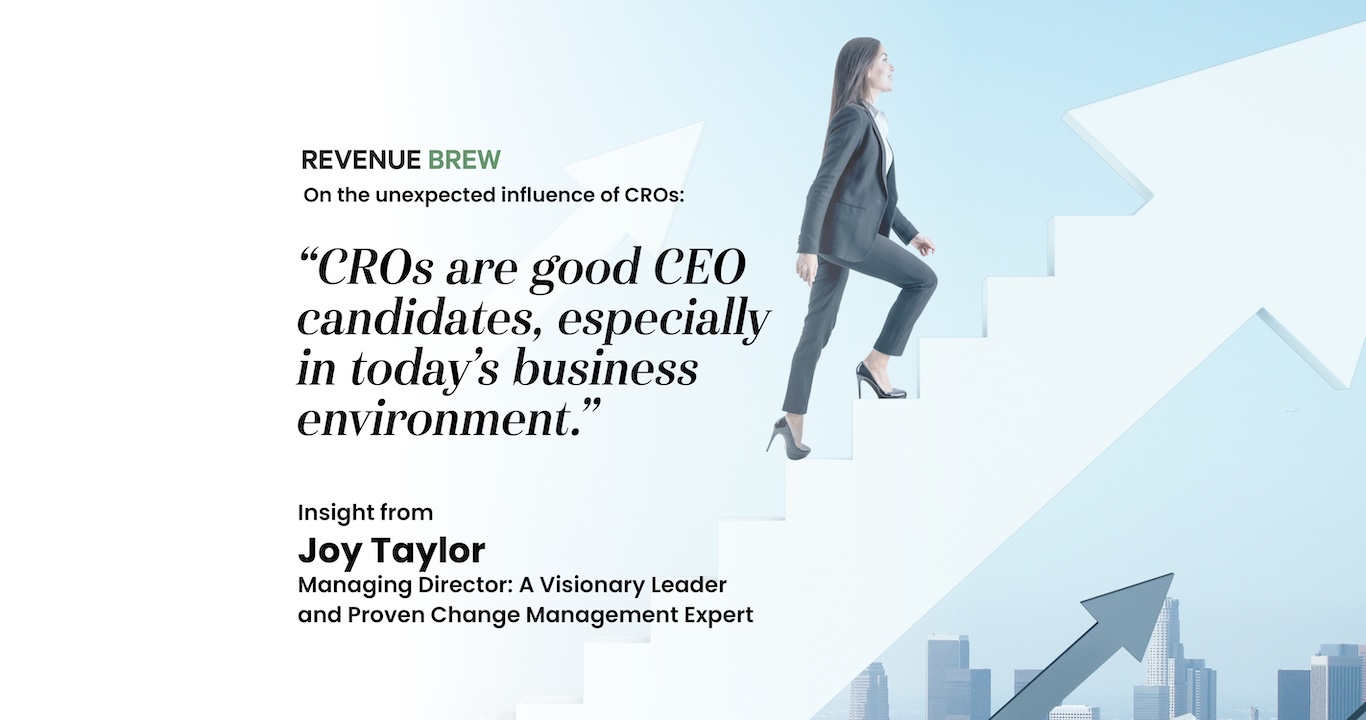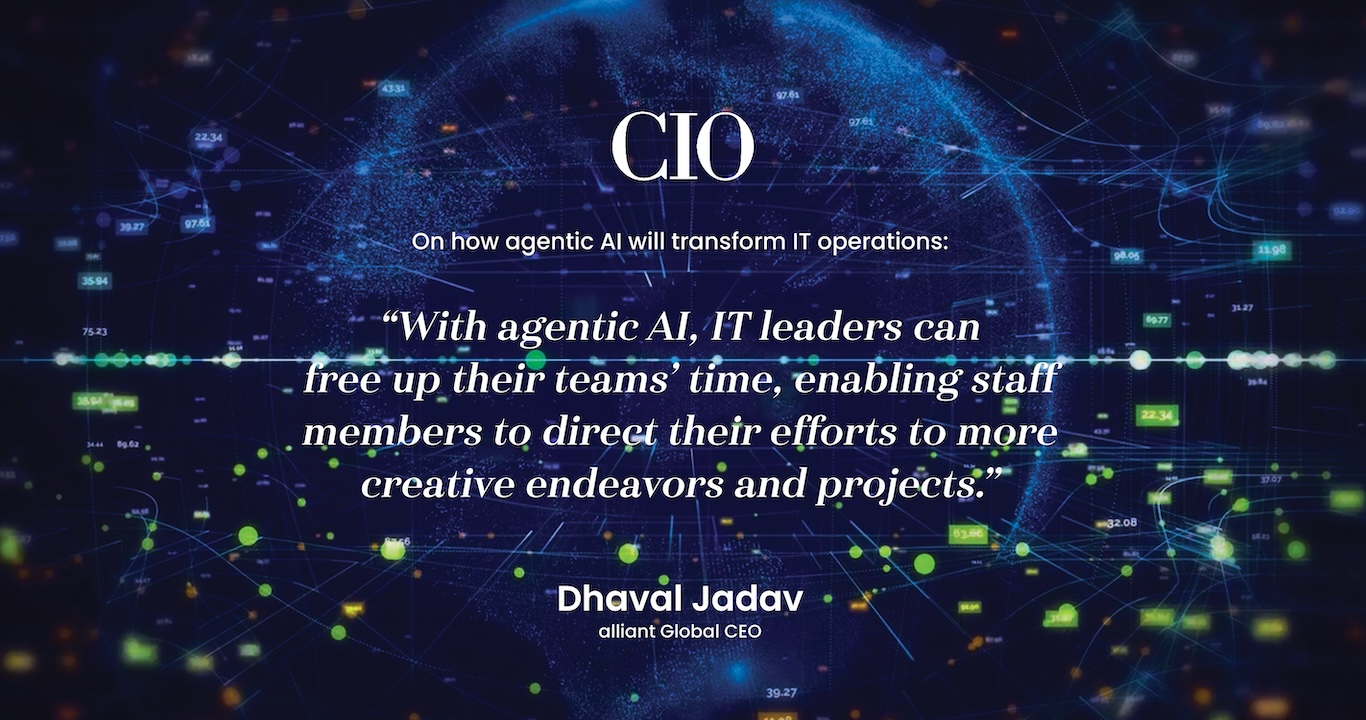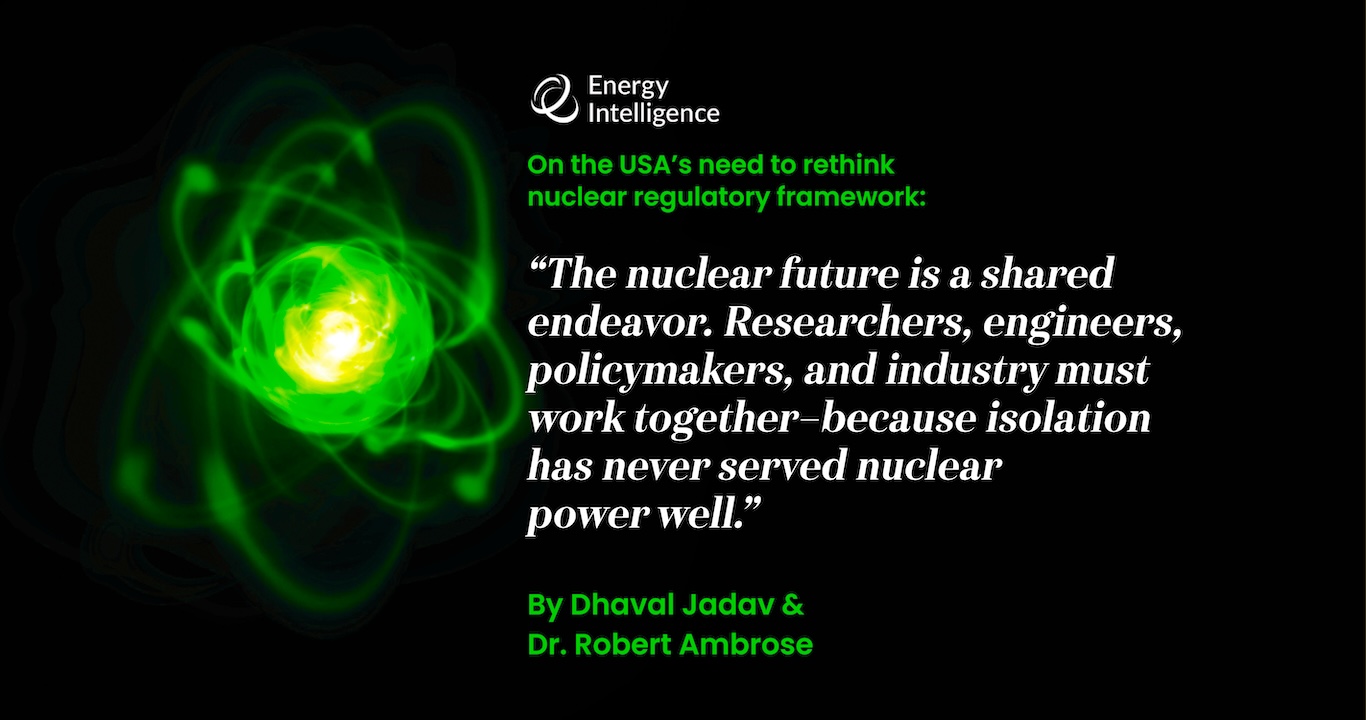If you have any questions about this article, please send us a message.
I am just a practical, old time, semi-retired non-tech savvy CPA who struggles to even use a TV remote control. Don’t waste my time with theory. Just give me answers to a few basic questions:
- What specific practical tasks can artificial intelligence (AI) do today to make a CPA’s life easier?
- What specific practical steps can a CPA do today to prepare AI for the 2025 tax season?
- How much will this save me?
AI Discovery
CPAs understand that there is incredible potential with AI, but they don’t know what to do with it. Last year, with my frustration and passive aggressive nature in hand, I marched into the office of Chris Stephenson, our Director of Intelligent Automation, and aired my AI grievances. I realized his answers to the above questions could help a lot of CPAs.
To him, the answer to all three of the questions above lies in the following: It’s called AI Discovery. Last year he created a think tank with about 200 CPA firm professionals who overwhelmingly said, “I don’t know where to start.” Here are some practical first steps he recommends:
- Set up an ideation session. This part is a workshop with partners and staff that gives everyone an opportunity to present their problems and ideas for possible AI solutions. Everyone on your team probably has AI ideas.
- Initiate scoring: So, you got a bunch of ideas but now what? This is where scoring is critical. Discovery often hinges on scoring each idea based on objective measures to determine their priority. Every firm is different, but you want to score on several dimensions like which can get solved the fastest, which will have the biggest impact, which can scale for every department, etc.
- Do technology infrastructure assessment: Ok, you know which AI projects are going to have an impact on your business but is your firm’s system even ready for AI? You’ll need to have your tech infrastructure evaluated to determine its AI readiness, and to find out if there are any shortcomings preventing you from getting started.
- Create a roadmap: Finally, you need a clear roadmap to lay out how you’re going to deploy each solution. Do you need to buy a solution? Build an AI? How about training employees? How do you measure if your solution is having an impact?
He instantly identified five problems where AI could help:
- Collecting payments from clients
- Requesting and processing documents from clients
- Moving trial balances to workpapers
- Responding to IRS letters
- Setting up a Chatbox to handle internal queries, like HR questions
With this information, AI solutions can be created to address each of these problems. Do your own AI discovery to identify your firm’s biggest pain points and develop a plan to attack with AI.
How Much Can CPAs Save
With AI in hand, I think about CPAs increasing their bottom-line profits by looking at the following:
- The time spent on client billing analysis such as excel spreadsheets that track time, project by project, to justify hours and bills, and put that into a client letter
- Those routine IRS Notice letters written to explain why a client’s 1099-DIV did not match the tax return Schedule B
- Other mundane tasks which I used to do in public practice that bored me
Would life have been better as a CPA 45 years ago when I started in public practice if AI existed back then? Should I even consider a return to public accounting from my semi-retirement with AI in the picture?
The answer to the first question is an obvious “Yes” and to the second question an even more obvious “No.” But for those still in the game, let’s face it. It’s time to jump on the AI bandwagon to be more profitable, have less stress, have more free time and have more fun.

While your CTO and CIO are crucial players, the data you need to make the highest impact often sits with another executive: your Chief Human Resources Officer (CHRO).
While your CTO and CIO are crucial players, the data you need to make the highest impact often sits with another executive: your Chief Human Resources Officer (CHRO).
Here’s why your CHRO could be the secret weapon as you go through the AI discovery process:
- Who better understands your workforce’s skills, challenges, and potential than HR? They’re the keepers of your company’s human capital knowledge, data that is necessary to analyze the impact of potential solutions.
- HR understands your hiring struggles, pinpointing exactly where your organization needs an augmented workforce.
- They know why people stay, and more importantly, why they leave. This insight is key when prioritizing & designing potential AI solutions.
Your CHRO is a critical bridge between your tech ambitions and your most powerful asset: your people. Through their data and insights, your organization can better understand where the current workforce most needs assistance, redefine job roles to better align with AI solutions, and ultimately knows where AI fits best.
Being the AI compass
When crafting your digital roadmap, your HR team needs to a part of the conversation. From hiring, talent and change management, and determining points ripe for automation, here are some key areas where your HR department can help you with your AI implementation.
- Identify where your company is struggling to hire. Your HR department can analyze job postings and hiring data, pinpointing bottlenecks in your recruitment process. Jobs that are difficult to hire for or retain are great places to start with AI.
- Ascertain skills that are needed in each department. Your HR team can determine the skill requirements of each department based on successful hires and current employees.
- Assess repeatable activities common across the organization. HR understands the details of each job role and can best identify common activities that would broadly benefit from AI augmentation.
- Evaluate which departments to automate first based on need. Using this framework and their knowledge of hiring issues, HR can suggest which departments would benefit from AI tools, and in what order these implementations should take place.
Determining implementation priorities
Imagine this scenario: Your marketing team wants a chatbot, accounting needs an AP/AR automation tool, and sales is really excited about automating the proposal and contracting process. You HR team has the data to objectively prioritize these three options. They know that accounting has the highest turnover due to tedious data reconciliation tasks. Armed with this insight, they can make a data-driven case for prioritizing the accounting department’s AI needs, potentially solving multiple problems with one strategic move.
Alternatively, all three departments are short staffed, and based on the open job postings, every department could benefit from some form of data entry as opposed to a specialized tool for each department. Your HR department can then recommend that automation of data entry would benefit all departments, making it the correct route through which to start your digital journey. Each walks away with a tangible benefit to their team, allowing them to focus on addressing these issues internally instead of spending resources on data entry.
While your CTO and CIO are the critical players in implementing successful AI solutions, prioritization is one arena where your HR team’s insights can result in the most positive change. From a tech standpoint, every team is going to have certain needs, and it might be harder for other roles to consider the employee’s opinion on where this can have the most impact. Your CHRO can be a key asset in deciding where to focus your efforts first.
Empowering the unsung hero of your organization
While balancing organizational goals with employee requests can be a tight rope to walk, having the internal knowledge of how departments are performing, as well as who could truly benefit most from an AI tool, makes HR a key decision maker in this process.
So, when you are going through your journey of AI discovery, make sure your HR department is part of that team. The insights they bring can greatly increase the speed and impact Generative AI can create at your organization.
Featured Leadership

Dhaval Jadav is Chief Executive Officer of alliantgroup, America’s leading consulting and management engineering firm, which helps American businesses overcome the challenges of today to prepare them for the world of the 22nd Century and beyond. Jadav co-founded the firm in 2002 to be unlike any other consultancy, with an emphasis on partnerships with clients to not only identify but also implement quantifiable solutions to their most critical concerns.




